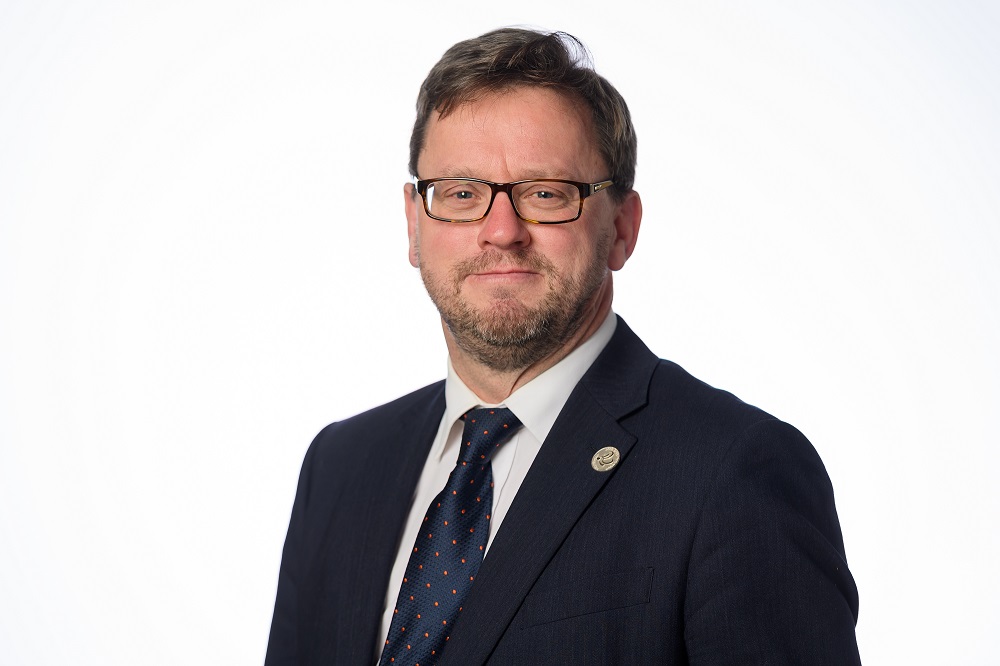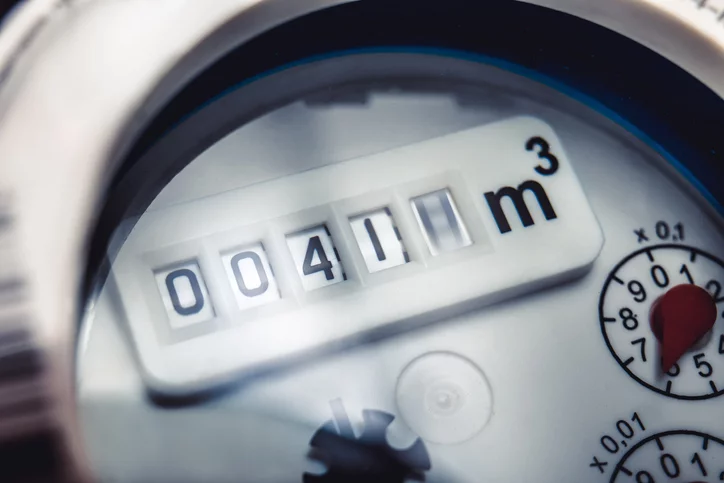Rob Wilson, CCW Chair, speech at the Water Infrastructure Forum

In November, CCW’s Chair, Rob Wilson, gave a speech at the Water Infrastructure Forum.
There’s so much in the media at the moment about the water industry and its immediate troubles. But there are bigger challenges looming, which will need substantial extra investment into our water and wastewater networks:
- The ever-increasing weather extremes
- UK population growth, which is increasing demand for water and sewerage services, often in places where the environment is under most stress.
The Environment Agency estimates that by 2050, England alone will need to find an additional 5 billion litres of water a day to meet the demand for public water supply. This is more than a third of the 14 billion litres of water put into the public water supply every day right now.
So what can we do?
On the supply side, there are a number of proposed new developments planned over the next three decades – nine new reservoirs, new desalination and water recycling schemes. The remaining element – demand management – is an even less certain component of the demand-supply equation.
CCW’s August 2024 Environmental Index revealed that:
- Most people (92%) expressed deep concern for the environment. This was significantly higher in Wales (97%).
Yet at the same time:
- Fewer people reported knowing how to reduce their daily water use by 5 litres (61%, down from 69% in November 2022),
- Or had an awareness of the need to conserve water due to changes in weather patterns also decreased (73% vs. 83%).
Given that average per capita consumption is currently around 146 litres per day, and companies are aiming to reduce this to 110 litres per day by 2050, this is a real challenge.
Water companies have been set robust targets for reducing the amount of water all their customers use. However, last month the Environment Agency warned that some water companies wouldn’t have had sufficient water supply to meet planned resilience levels had there been a drought this year.
So urgent action is required. We need companies to get back on track with leakage reduction. And we need a well thought-out strategy for working with customers to improve their water efficiency.
The plan needs to be more strategic and engaging than just switching customers over to smart meters. Helping customers reduce their water use will need to take different forms. One of the initial challenges will be to help them see why this matters to them and to recognise how even small changes in behaviour, when taken collectively, can add up to significant savings.
We’ve seen lots of great examples of what can work really well:
- Affinity Water raising awareness of the pressures on local chalk streams and the part people can play in their protection.
- Cambridge Water ran a successful programme encouraging people to protect the river Cam by using a watering can rather than a hosepipe during the summer months.
- South Staffs Water is working with its South Asian communities on how they can reduce water use in cooking eg by using less water to wash rice.
- And back in 2022, South West Water ran a campaign to incentivise people to reduce their water use so local reservoirs could recover by offering a relatively small discount on their bill.
CCW welcomes Ofwat’s proposed new £100 million Water Efficiency Fund, with £75 million earmarked for campaigning. Personally, I am a little sceptical when it comes to big public information campaigns – I question whether they make a long-term difference to consumer behaviour.
An alternative approach could be more practical – targeting support to households in financial difficulty so that they can be helped to reduce their water usage and bills. Alongside this practical support, we need to help lift all consumers out of water poverty.
The next few years will be the most challenging yet for the water industry, but success will only come if customers are at the heart of delivery and change.


